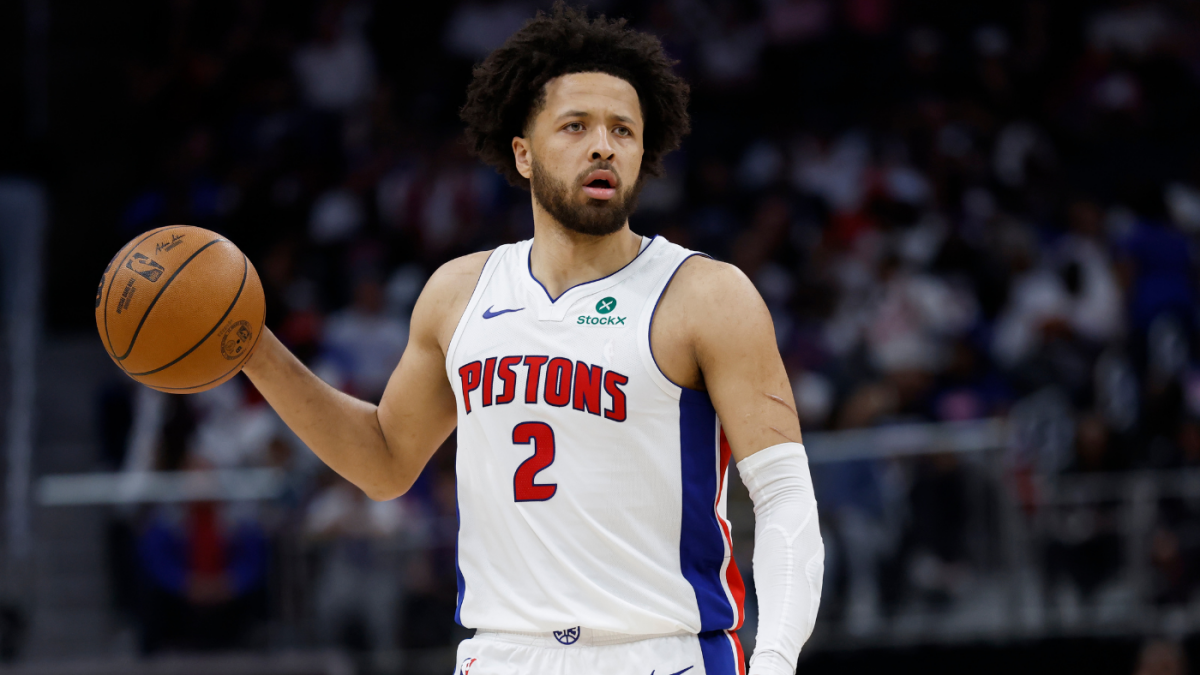The Detroit Pistons stand at a fascinating intersection of legacy and reinvention. Their iconic “Bad Boys” era remains a defining chapter in NBA history, but the modern game demands more than nostalgia—it requires evolution. Here’s how the Pistons can bridge their gritty past with a dynamic future while staying true to their identity.
—
The Bad Boys Legacy: More Than Just Toughness
The late 1980s Pistons weren’t just a team; they were a statement. With Isiah Thomas orchestrating the offense and enforcers like Bill Laimbeer and Rick Mahorn setting bone-rattling screens, they played with a controlled fury that intimidated opponents into mistakes. Their back-to-back championships (1989, 1990) weren’t flukes—they were the result of a meticulously crafted identity: outwork, outlast, outthink.
But the NBA has shifted. Today’s league prioritizes pace, spacing, and perimeter shooting—elements the Bad Boys rarely relied on. The challenge? Retain that edge while adapting to modernity.
—
Modernizing the Blueprint: Where Grit Meets Analytics
1. The Three-Point Conundrum
The original Bad Boys averaged fewer than 10 three-point attempts per game. In 2024, teams launch over 35. To stay competitive, the Pistons must develop shooters who stretch defenses without sacrificing physicality. Imagine a player like Bojan Bogdanović—a sniper who doesn’t shy from contact—embodying this hybrid role.
2. Positionless Toughness
The 2020s NBA thrives on versatility. The Pistons should target switchable defenders who guard multiple positions—a nod to Dennis Rodman’s defensive genius. Isaiah Stewart’s evolution into a small-ball five, capable of switching onto guards while setting bruising screens, could mirror this.
3. Data-Driven Physicality
Analytics now dictate when to foul, how to defend pick-and-rolls, and even which players draw the most charges. The Pistons can weaponize their aggression by using tracking data to identify opponents’ least comfortable scorers and harass them strategically.
—
Building the Roster: Draft, Develop, Dominate
Drafting for Identity
Detroit’s recent picks—Cade Cunningham, Jaden Ivey, Ausar Thompson—hint at a shift toward athleticism and playmaking. But they lack the enforcers of yesteryear. Targeting a Draymond Green-esque leader in the draft (e.g., Kel’el Ware’s rim protection + trash-talking flair) could reignite the Bad Boys’ swagger.
Free Agency: Veterans with Edge
Signing a savvy veteran like Marcus Smart (a defensive pest with playoff experience) would provide mentorship while upholding the Pistons’ tough-minded ethos.
Coaching: Monty Williams’ Culture Lab
Williams’ emphasis on accountability aligns perfectly with the Bad Boys’ ethos. His next task? Installing a defense-first system where every player takes pride in stopping their man—just like Daly’s “Jordan Rules” frustrated MJ.
—
The X-Factor: Detroit’s Soul
The Pistons’ identity has always mirrored their city: resilient, unpretentious, and relentless. Modernization shouldn’t erase that. Instead, it should amplify it through:
– Community Engagement: Partnering with Detroit’s grassroots basketball programs to scout overlooked talent (e.g., Jalen Duren, a local product turned rising star).
– Arena Atmosphere: Little Caesars Arena should feel like a throwback—loud, hostile, and unapologetically blue-collar.
—
Conclusion: The Next Championship DNA
The Pistons’ path forward isn’t about abandoning the Bad Boys—it’s about upgrading them. By blending Thomas’s leadership with Cunningham’s finesse, Rodman’s rebounding with Stewart’s versatility, and Daly’s strategy with Williams’ adaptability, they can craft a new era of “controlled chaos.”
The 2024 Pistons won’t look like the 1989 squad, but their heartbeat will be the same: uncompromising, united, and unmistakably Detroit. The league has been warned.











